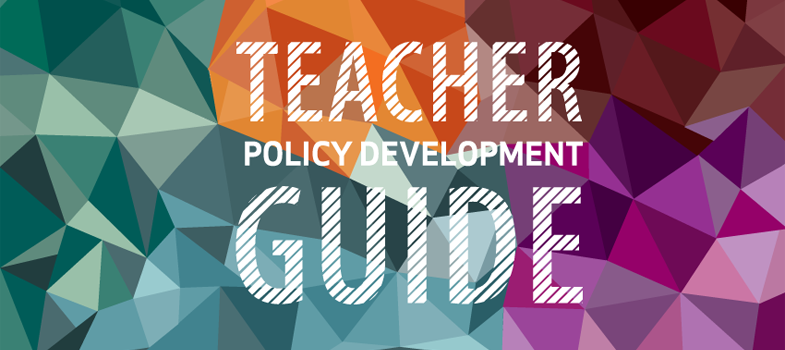HIV and AIDS policies
Similarly, countries around the world – particularly in regions of Africa, Asia, the Caribbean and Eastern Europe most affected by the HIV and AIDS pandemic since the 1980s – have national policies in place to address the causes and effects of the disease. Teacher policy should be aligned with a national effort to address HIV and AIDS, given the devastating human consequences of the pandemic and the disruptions it provokes in teaching and learning (illness, absenteeism and death of teachers and learners, creation of orphans, additional human and financial costs for the education system) (ILO, 2012: 67–70).
Aligning teacher policy with the measures adopted under a national HIV and AIDS policy helps mitigate the adverse effects on quality education and human resources, as well as reduce the financial costs resulting from the lack of cohesion between the two policies. A 2011–2012 international survey of progress in this domain found that two-thirds of nearly 40 surveyed countries with significant prevalence levels had adopted an education sector policy linked to the national HIV and AIDS policy/plan; close to one half of the countries had developed an education sector workplace policy applicable to employment and training issues relevant to teachers and other education workers (UNESCO and UNAIDS-IATT, 2013: 16, 20–27).
Guidelines on the content and processes of developing such a policy specific to countries in two high prevalence regions – the Caribbean and Southern Africa – have been developed by the ILO and UNESCO (ILO/UNESCO, 2006a and 2006b). The Teachers Service Commission of Kenya (TSC) adopted such a policy in 2007 (TSC, 2007).
Children’s rights policies
